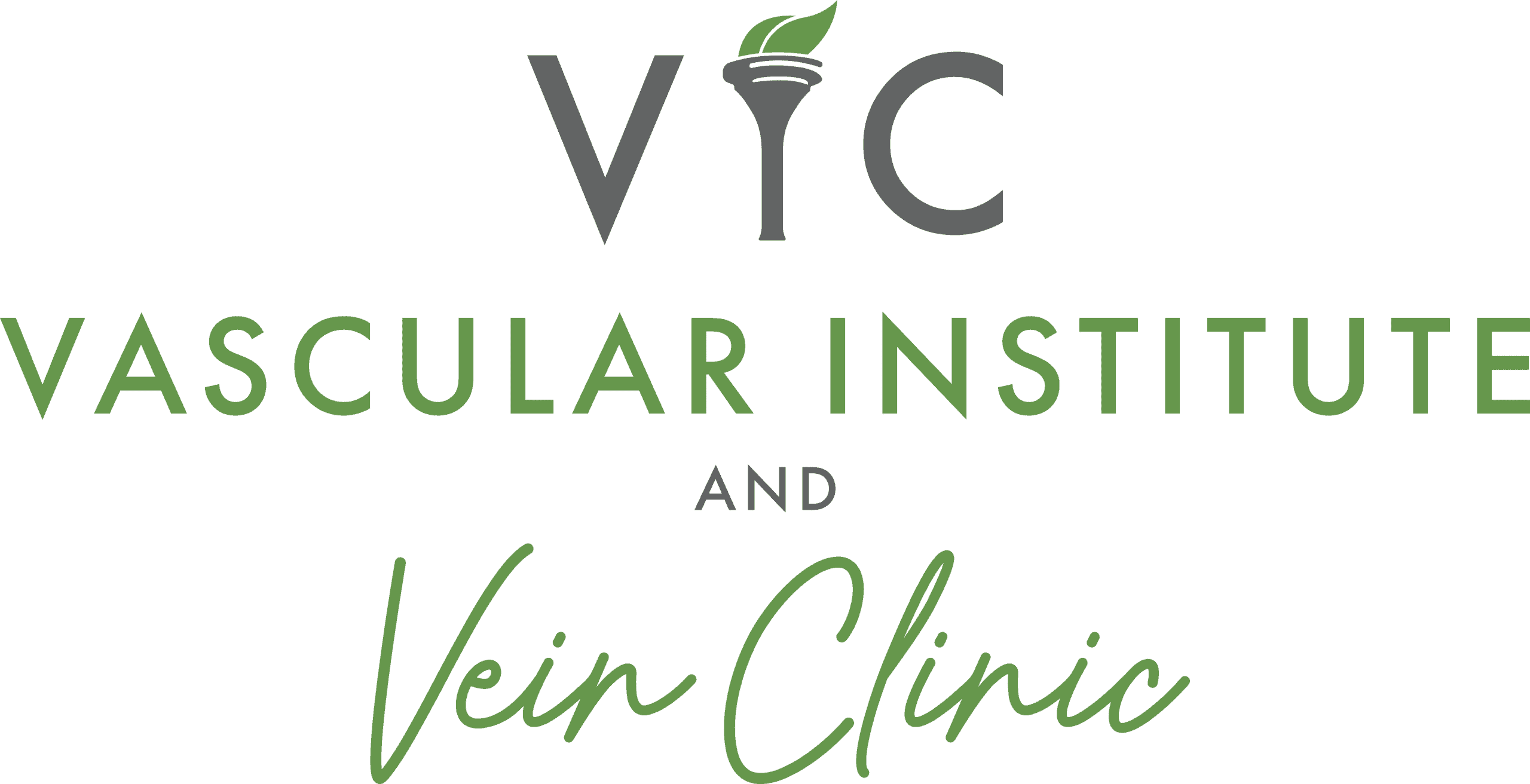|
|
Aneurysm is a potentially life-threatening condition that can occur in any part of the body but most commonly affects the brain, aorta, and legs. It is a blood vessel abnormally characterized by a bulging or ballooning of a weak spot in the artery. If left untreated, an aneurysm can rupture, resulting in severe internal bleeding or stroke. In this blog post, we will discuss the most important things you need to know about aneurysms, including their causes, risk factors, lifestyle changes that may help to minimize the risk, and available treatment options.
Causes + Risk Factors of an Aneurysm
An aneurysm is caused by the weakening of the arterial wall. The artery wall may become thinner and weaker due to various factors. These include smoking, high blood pressure, atherosclerosis, advanced age, male gender, and family history of aneurysm. People with other health problems such as Marfan Syndrome, Ehlers-Danlos Syndrome, and polycystic kidney disease are also at increased risk of developing aneurysm.
Lifestyle Changes to Minimize the Risk of Aneurysm
You can do several things to minimize your risk of developing an aneurysm. These include quitting smoking, reducing alcohol intake, maintaining a healthy body weight, exercising regularly, and controlling high blood pressure and cholesterol levels. Additionally, avoid activities that can cause trauma or injury, which may affect the integrity of blood vessels.
Treatment Options for Aneurysm
The treatment option for an aneurysm depends on several factors, including the location and size of the aneurysm, the potential for rupture, and the patient’s overall health. Small aneurysms (less than an inch in diameter) generally do not require treatment but may be monitored over time. Larger aneurysms or those at risk of rupture may require surgery or endovascular repair to prevent rupture.
Survival Rates of Aneurysm
The survival rate for an aneurysm depends on several factors, including the age ad overall health of the patients, the size and location of the aneurysm, and whether or not it has ruptured. If an aneurysm ruptures, it is a medical emergency that requires immediate treatment. If left untreated, the rupture is fatal in most cases.
Aneurysm is a potentially serious medical condition that can be life-threatening if left untreated. However, there are several things that you can do to minimize the risk of developing an aneurysm or to prevent an existing aneurysm from rupturing. If you have concerns about an aneurysm or any symptoms that may point to the condition, you should seek medical attention immediately. A timely diagnosis and proper treatment are essential for a positive outcome.








